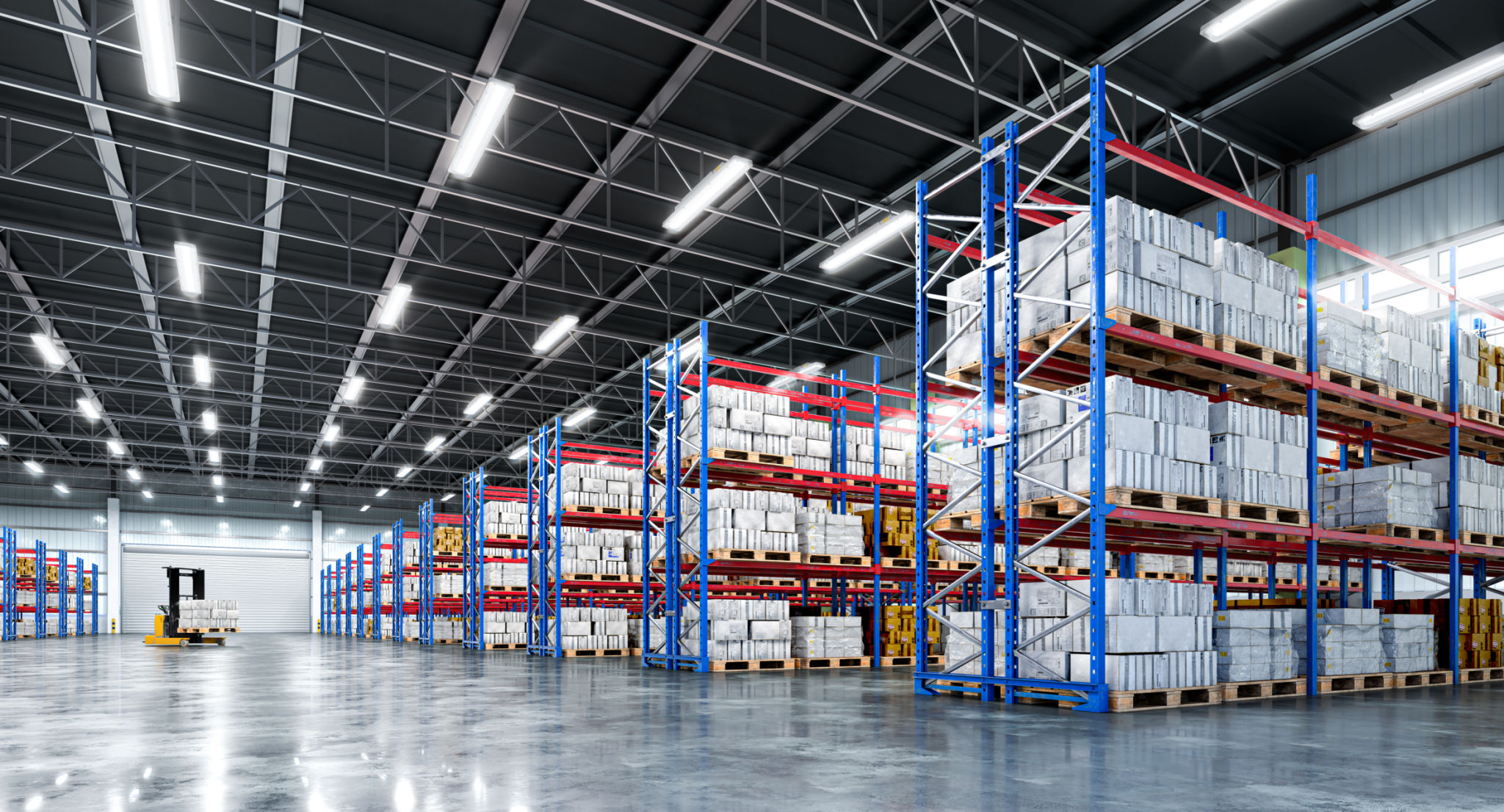Comprehensive Guide to Optimizing Your Industrial Warehouse Construction
Understanding the Importance of Efficient Warehouse Design
In the industrial sector, the design and construction of a warehouse play a vital role in ensuring the efficiency and productivity of operations. A well-optimized warehouse not only improves workflow but also enhances storage capacity, reduces operational costs, and increases safety. By focusing on strategic planning and innovative design elements, businesses can significantly benefit from their warehouse investments.
One of the first steps in optimizing warehouse construction is to understand the specific needs of your business. This includes identifying the types of products stored, the frequency of shipments, and the necessary equipment. Tailoring your design to meet these requirements can lead to a more streamlined operation.

Key Considerations for Warehouse Layout
The layout of your warehouse is crucial to its efficiency. A good layout facilitates smooth movement, reduces bottlenecks, and maximizes storage space. It's important to consider factors such as aisle width, shelf height, and the placement of loading docks. These elements should be designed to accommodate both current needs and future growth.
Implementing a flexible design can also be beneficial. This might include modular shelving systems that can be easily adjusted or expanded as inventory changes. Flexibility ensures that your warehouse can adapt to market trends without requiring significant structural changes.
Integrating Technology for Enhanced Operations
Incorporating technology into your warehouse design can vastly improve operational efficiency. Automated systems for inventory management, such as barcode scanners and RFID tags, help streamline processes and reduce human error. Additionally, warehouse management software (WMS) can provide real-time data, helping to optimize storage and retrieval processes.

Another technological advancement to consider is the use of automation in material handling. Automated guided vehicles (AGVs) and conveyor systems can significantly reduce the time spent on moving goods within the warehouse. This not only speeds up operations but also reduces labor costs.
Ensuring Safety and Compliance
Safety should be a top priority in any industrial warehouse construction project. Ensuring compliance with local regulations and industry standards is essential to protecting both employees and inventory. This includes installing adequate fire suppression systems, ensuring proper ventilation, and implementing safety protocols for equipment operation.
Regular training sessions for employees on safety procedures can help mitigate risks. Additionally, safety features such as guardrails, signage, and emergency exits should be carefully planned and incorporated into the design from the beginning.

Sustainability in Warehouse Design
Sustainability has become an important consideration in modern warehouse construction. Implementing eco-friendly practices not only benefits the environment but can also lead to long-term cost savings. Consider using energy-efficient lighting, solar panels, or green building materials to reduce the environmental impact of your warehouse.
Water conservation systems and recycling programs can also contribute to a more sustainable operation. By prioritizing sustainability, businesses can enhance their corporate image while benefiting from reduced utility costs.
Conclusion: The Path to Optimization
Optimizing your industrial warehouse construction involves careful planning and consideration of numerous factors including layout, technology integration, safety, and sustainability. By taking a comprehensive approach to design and construction, businesses can create a warehouse that meets their operational needs while remaining adaptable to future changes.
Investing in a well-designed warehouse not only enhances productivity but also provides a competitive edge in the industrial sector. With careful planning and execution, businesses can ensure that their warehouses are assets that drive long-term success.
